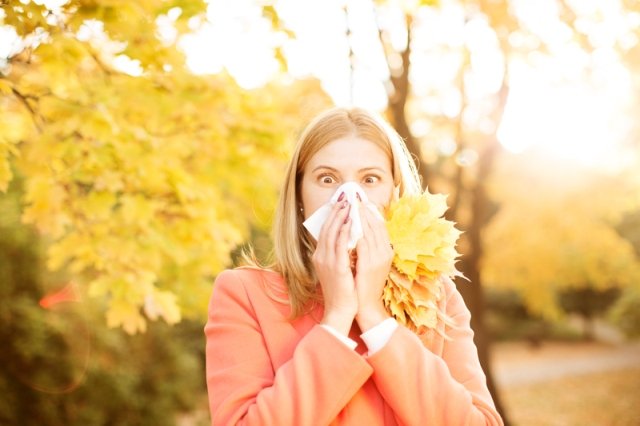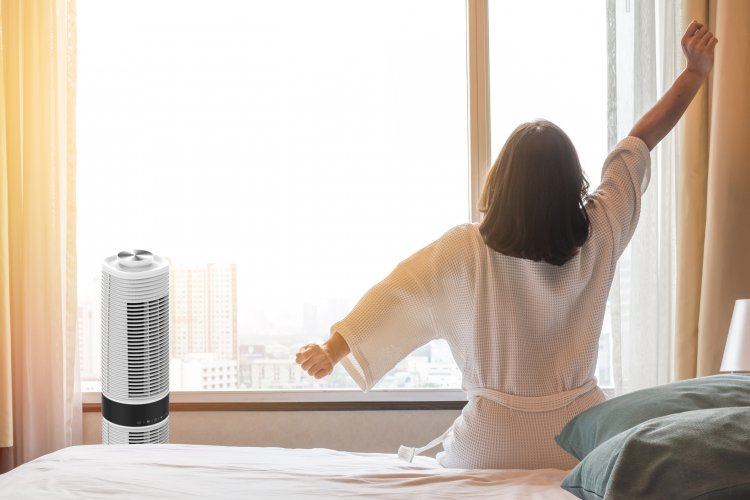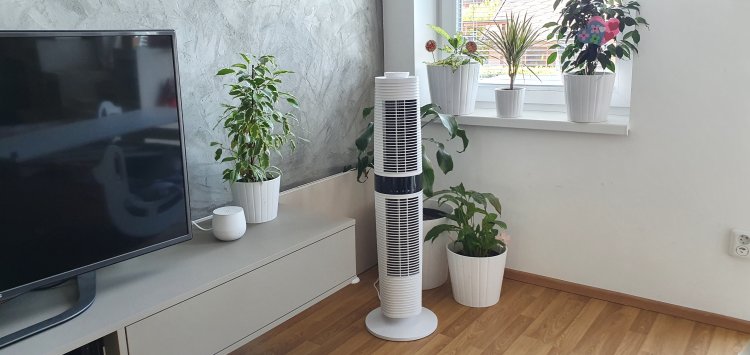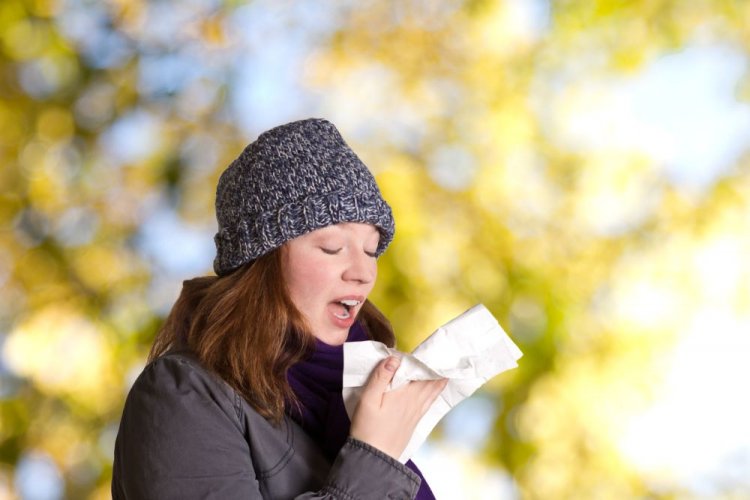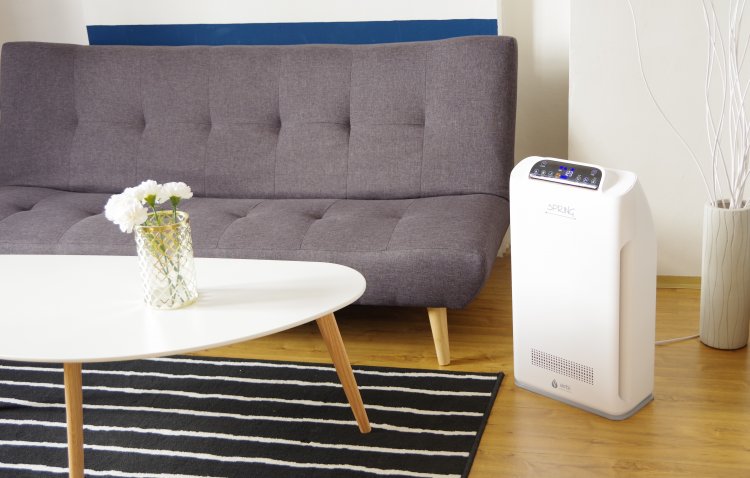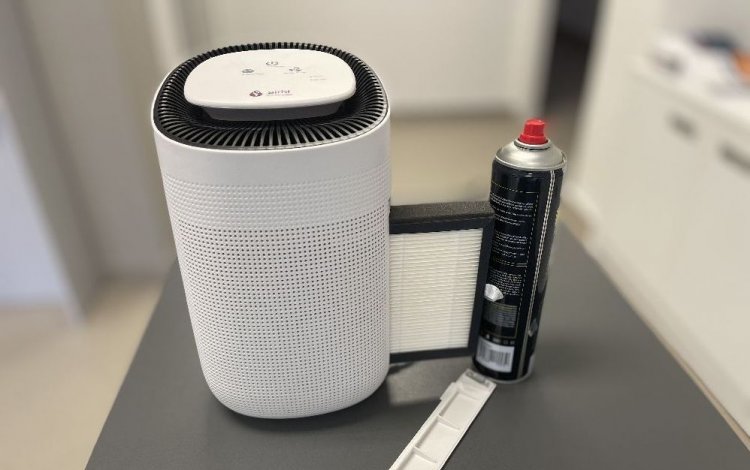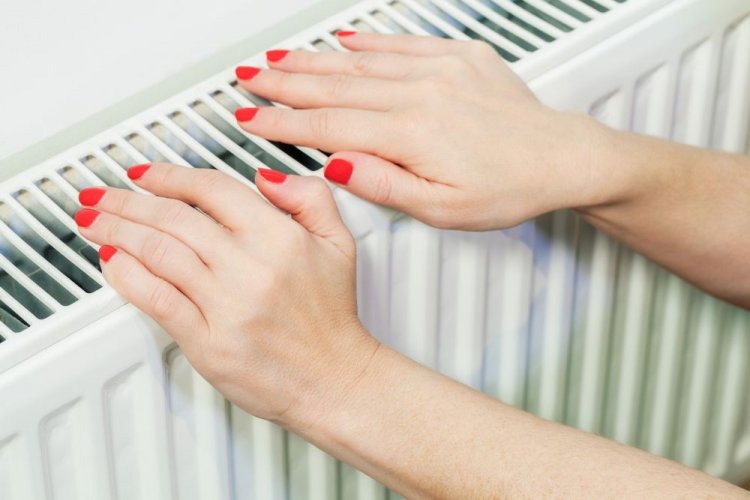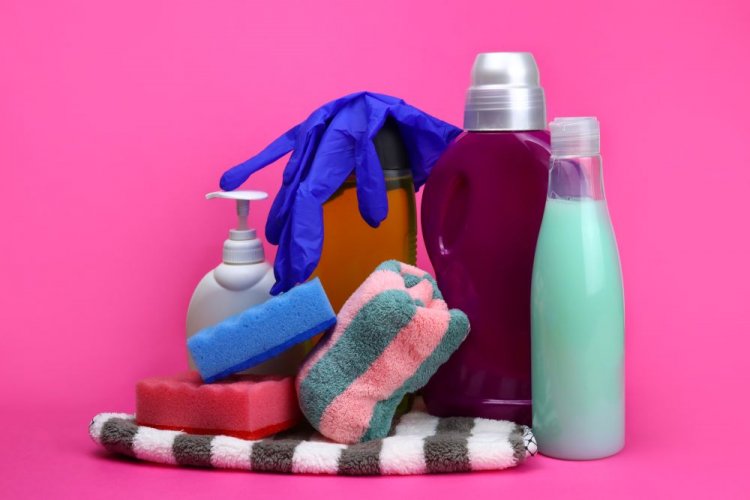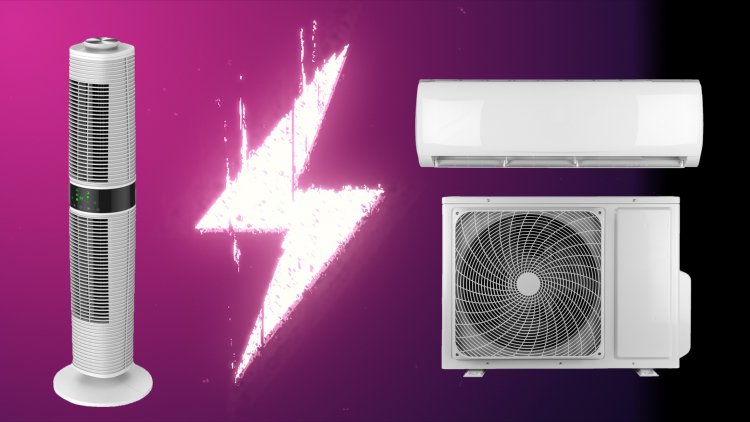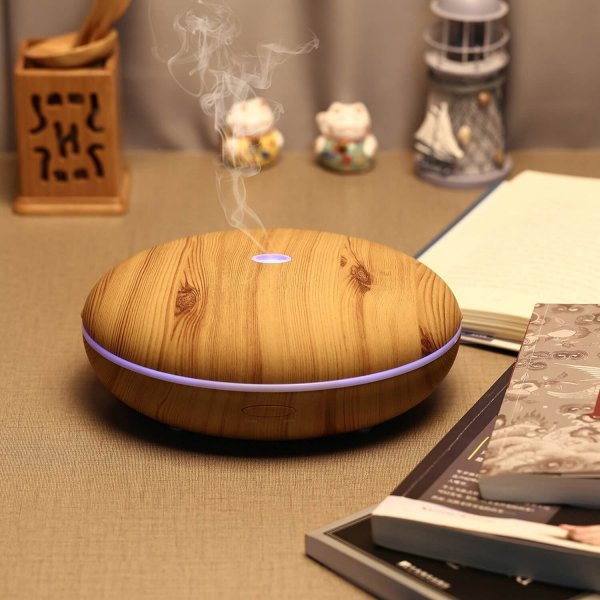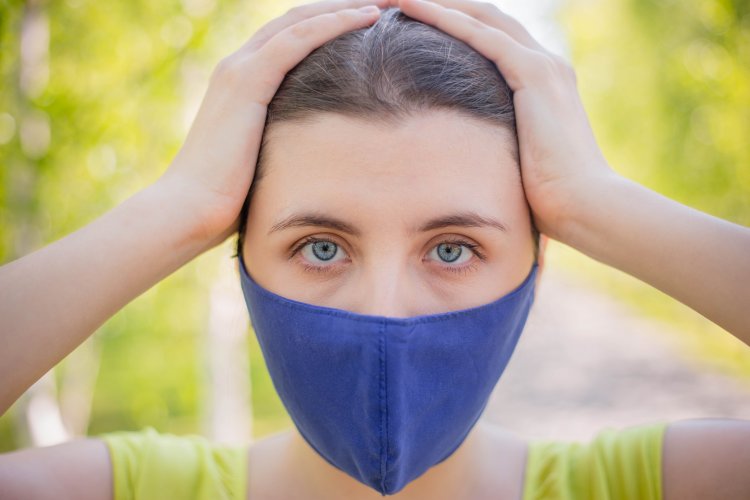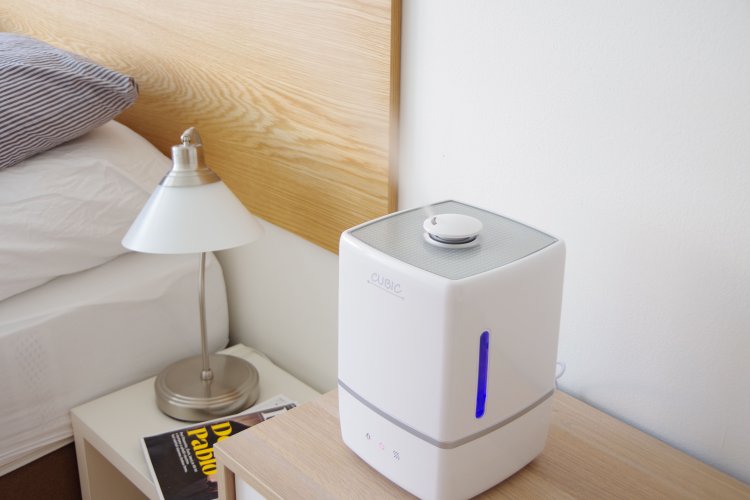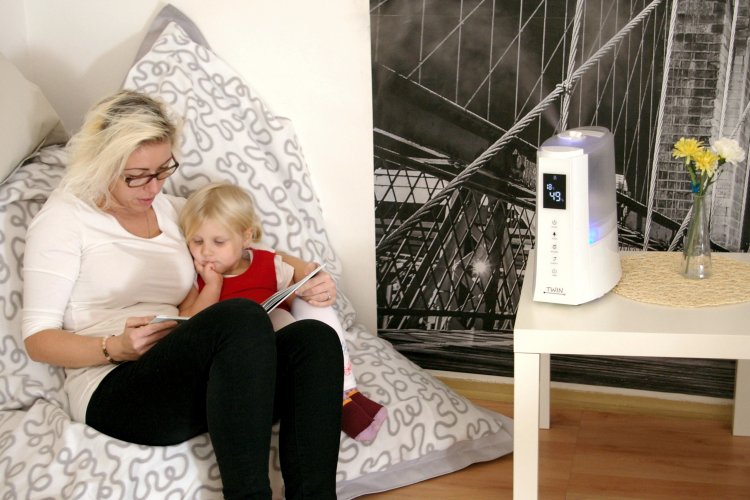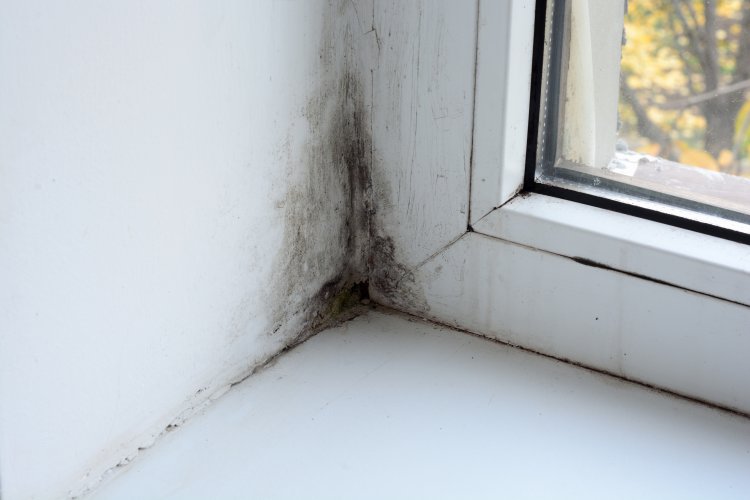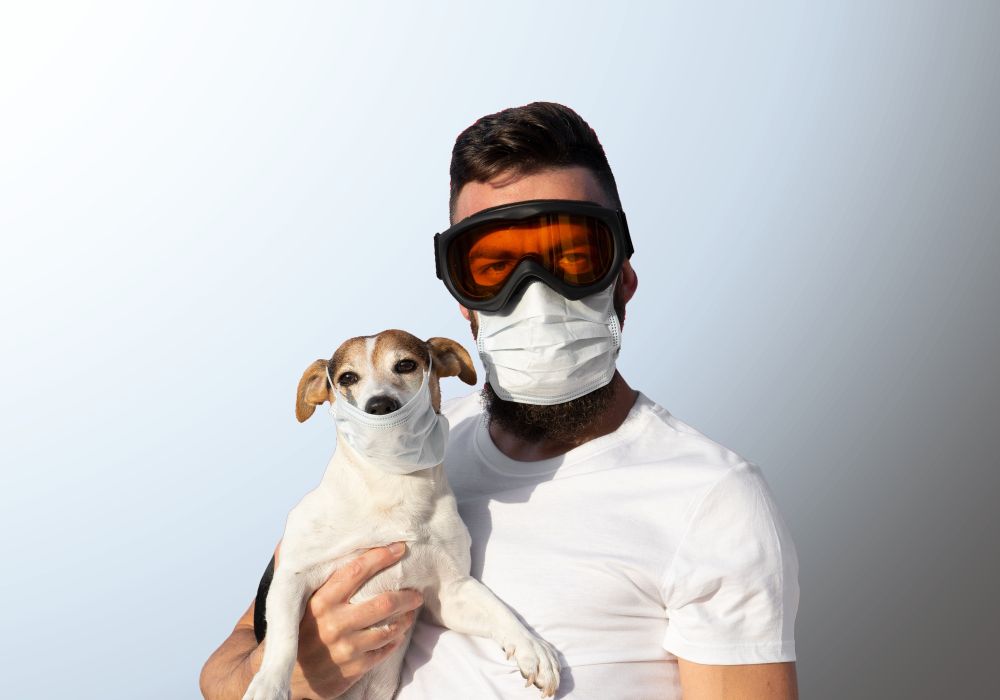

4 advantages (and 1 disadvantage) of desiccant dehumidifiers
Feb 20, 2025High humidity can be unpleasant. If you're choosing a dehumidifier, this brief overview of the advantages and disadvantages...
Millions of people around the world have a dog, cat or other pet at home. For many of them, their pet is a full member of the family and they cannot imagine life without them. But what if a situation arises where they become allergic to their pet and pour and blow their nose at every contact with them by one hundred and six? Do they have anything left but to get rid of their animal partner? Fortunately, today, it is enough to follow the principles of proper coexistence and not expose yourself to unnecessary risk.
First, let's explain how this can actually happen. An allergic reaction occurs when the immune system overreacts to a foreign substance called an allergen. Allergens themselves are harmless, side effects caused by our body's extreme reactions to them.
At any age, our immune system can make unique proteins called antibodies that are programmed to recognize and respond to a specific allergen, even one we encounter throughout our lives. The next time a person is exposed to this allergen, the immune system will recognize and attack it and cause an allergic reaction with associated symptoms. Although anyone can develop allergies at any time, some families are more prone to it.
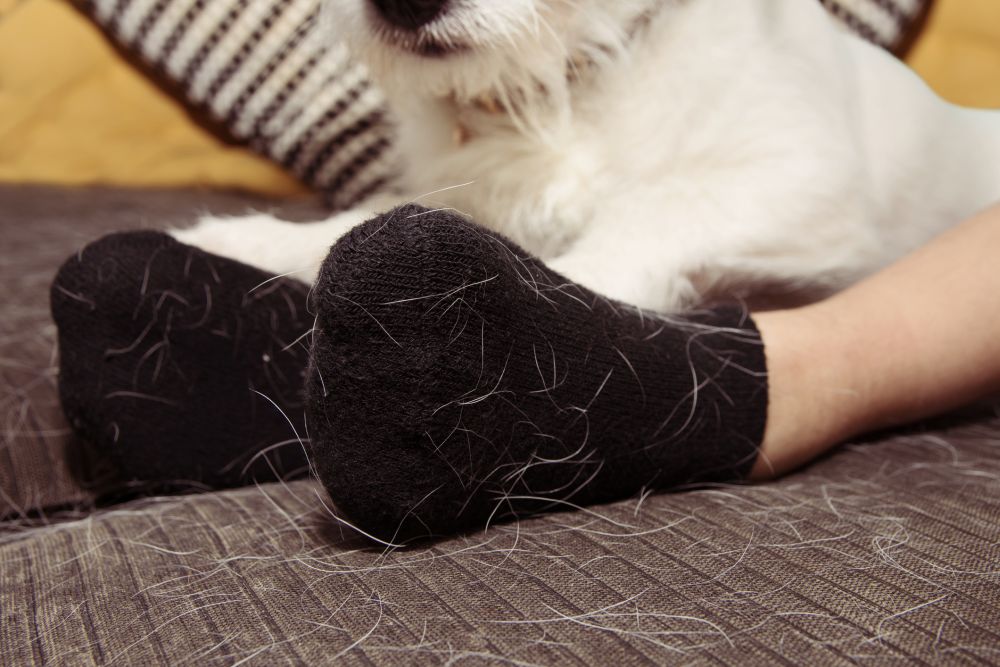
Therefore, if the moment comes when you suddenly start blowing, sipping and sneezing in the company of your four-legged pet, and allergic manifestations do not endanger your life, we recommend that you try the following measures:
First and foremost, have tests tested to see if your pet is really the source of the allergic symptoms. It can easily happen that you are allergic "only" to the type of pollen that caught your dog's fur while walking in the woods. In this case, just bathe your dog regularly and you have won.
Nothing removes allergens that live in the fur and skin of pets better than a proper bath. Bathing pets once a week helps keep dandruff levels low and usually does not harm their fur or skin if you choose a gentle shampoo made just for them. Between the baths, gently wipe your pet's fur with hypoallergenic, baby-free wipes to remove the fur or trapped pollen. If possible, perform these processes outdoors and entrust them to a non-allergic partner or child.
Also avoid direct contact with other animals, especially if you know they do not have the same hygiene habits as your pet. You would be in need of health problems.
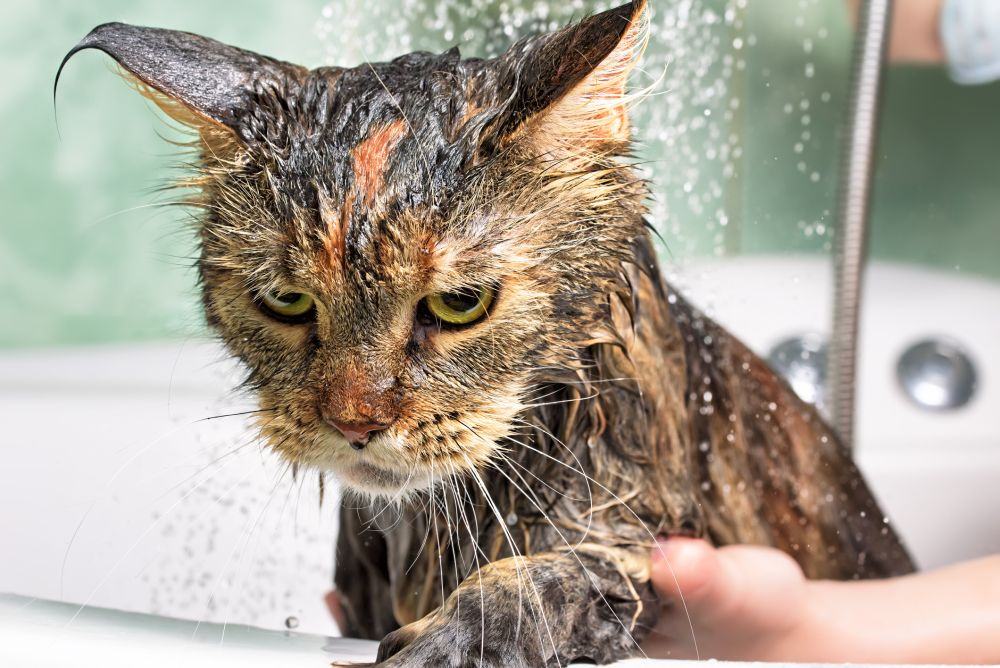
Create an "allergy-free" zone in your bedroom and strictly forbid pets from entering it. He shouldn't have access to the bed at all. If you let your animals into bed, you increase your exposure to more than just pet fur. Common allergens, such as pollen and dust, can stick to an animal's fur. If you leave them on your bed, these allergens will be transferred to your mattress, from where it will be very difficult to get them.
Such a necessary evil that everyone knows - to suck, to wipe the ground, to wipe the dust. However, it should be frequent and careful for allergy sufferers. More tips on how to keep the air clean can be found here.
Airbi purifiers with a HEPA filter capture up to 99.95% of all allergens and impurities from the air. Just to give you an idea, they release only 5 particles out of 10,000 into the room, and that's a really dramatic difference. It will rid you not only of animal hair, but also of pieces of their skin and other pollen and dust allergens, bacteria, viruses or synthetic carcinogens.
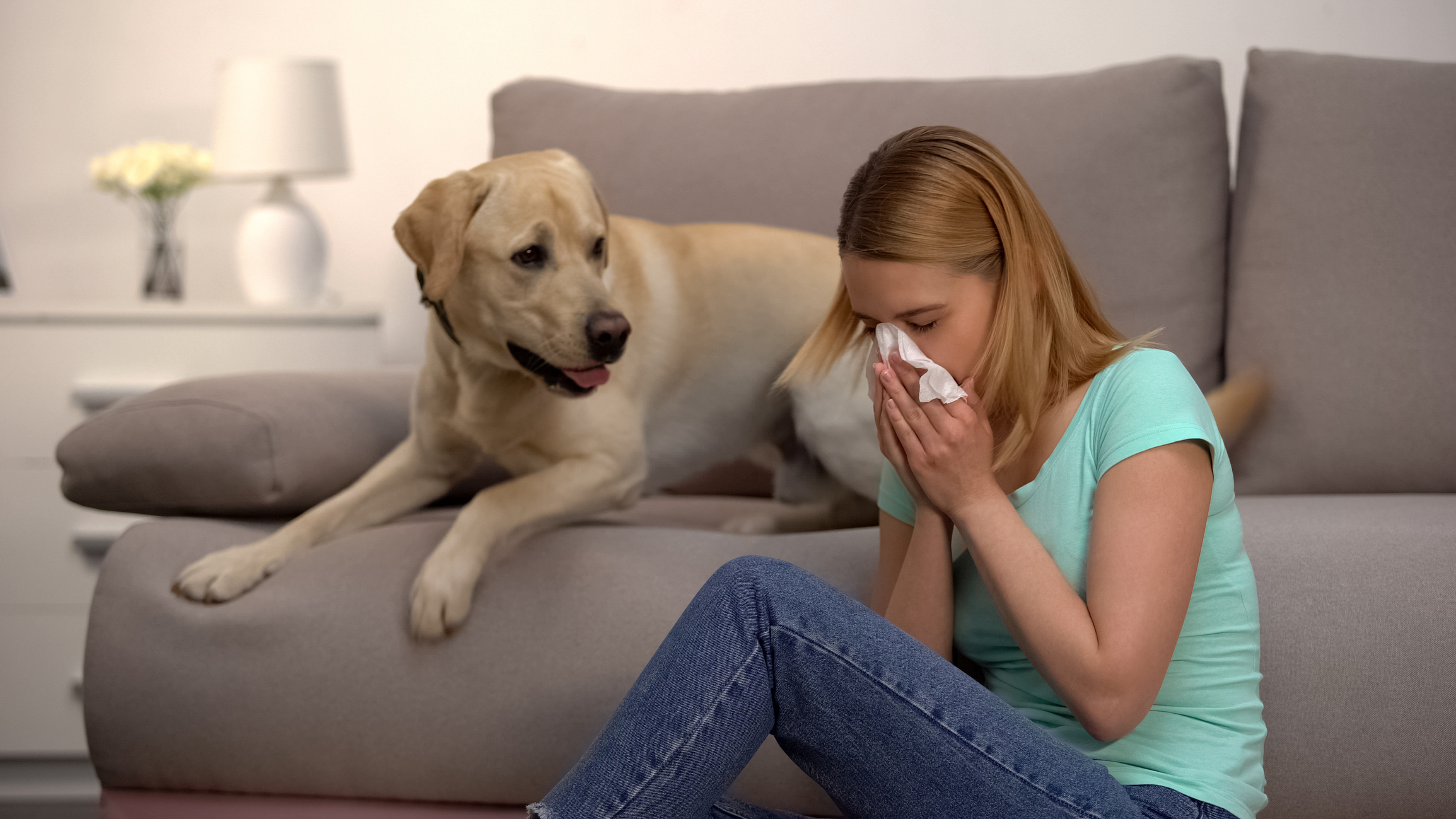
If these regimens do not help and the allergic symptoms are still the same or worse, there is still the possibility of treatment procedures. The main treatments for pet allergies include immunotherapy (allergy injections), steroid and antihistamine nasal sprays and antihistamine pills. Combining the right approaches will most likely allow an allergic person to live with their pets.
No, we're not kidding. When you put a pet outfit on your dog or cat, you reduce the spread of fur and the amount of other allergens that get on the fur when it's outside. It will also allow you to stroke it while reducing your contact with its fur.







